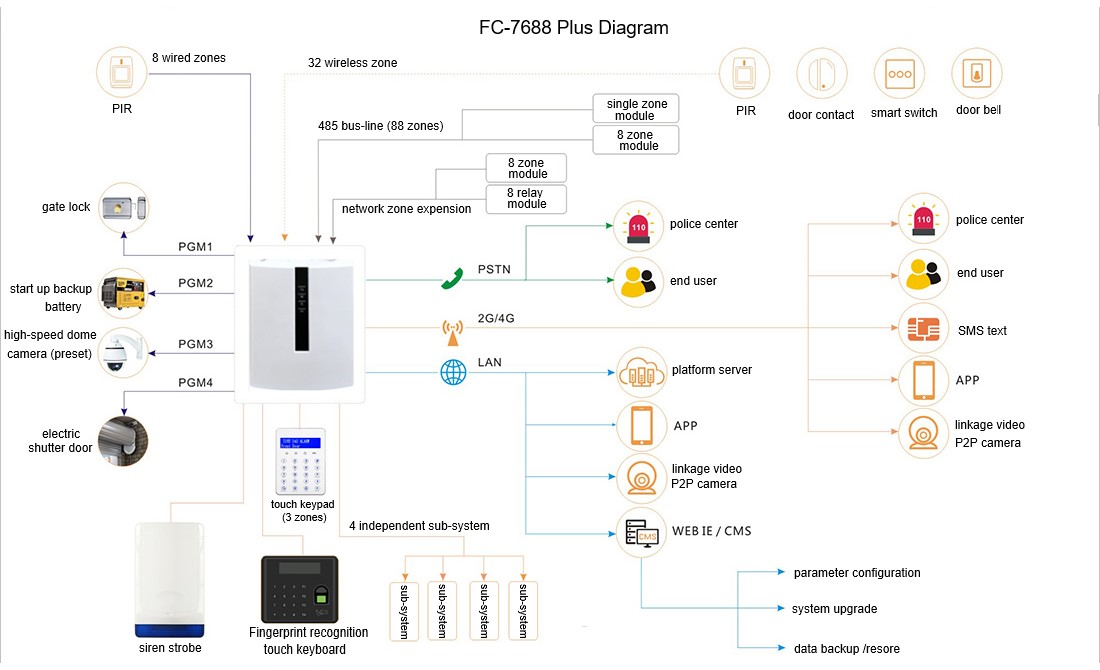Burglar Proofing
One of the primary concerns for homeowners is making their homes burglar-proof. Home automation systems offer several features that can significantly enhance the security of a property. One such feature is the ability to remotely control lighting. When a house appears occupied with lights turning on and off at different times, it creates an impression that someone is home. This can deter potential burglars who often target empty houses.
Similarly, home automation systems can simulate occupancy by controlling other electronic devices, such as TVs or radios, to create the illusion of people being inside the house. This adds an extra layer of security by making it difficult for burglars to identify if a house is empty or not.
Additionally, these automation systems can integrate with home security cameras and sensors. Homeowners can monitor their premises in real-time through their smartphones or computers. In case of any suspicious activity, they can take immediate action, such as contacting law enforcement or activating an alarm system. This quick response capability can discourage burglars and increase the chances of catching them in the act.
Safety and Security
Home automation systems not only contribute to burglar-proofing but also enhance overall safety and security. For example, these systems can be programmed to automatically lock doors and windows at specific times or when the homeowners are away. This eliminates the human error of forgetting to lock up, ensuring the property remains secure at all times.
Furthermore, home automation systems can include features like smoke detectors, carbon monoxide detectors, and water leak sensors. These devices can be integrated with the automation system and alert homeowners immediately in case of any emergencies. Timely notifications enable prompt action, potentially preventing significant damage and ensuring the well-being of residents.
Another safety benefit of home automation systems is their ability to monitor energy consumption. Homeowners can track their energy usage and make adjustments to optimize efficiency. This not only helps in reducing utility bills but also contributes to environmental sustainability.

Conclusion
Home automation systems offer numerous advantages when it comes to burglar proofing, safety, and security. The ability to remotely control lighting and simulate occupancy can deter potential burglars. Integration with security cameras and sensors enables real-time monitoring and quick response to suspicious activities. Moreover, features like automatic locking, smoke detectors, and energy monitoring enhance overall safety and well-being of residents. By investing in a home automation system, homeowners can significantly reduce burglary risks and enjoy greater peace of mind.
https://houses-apartments.com/en/safety ... lary-risks